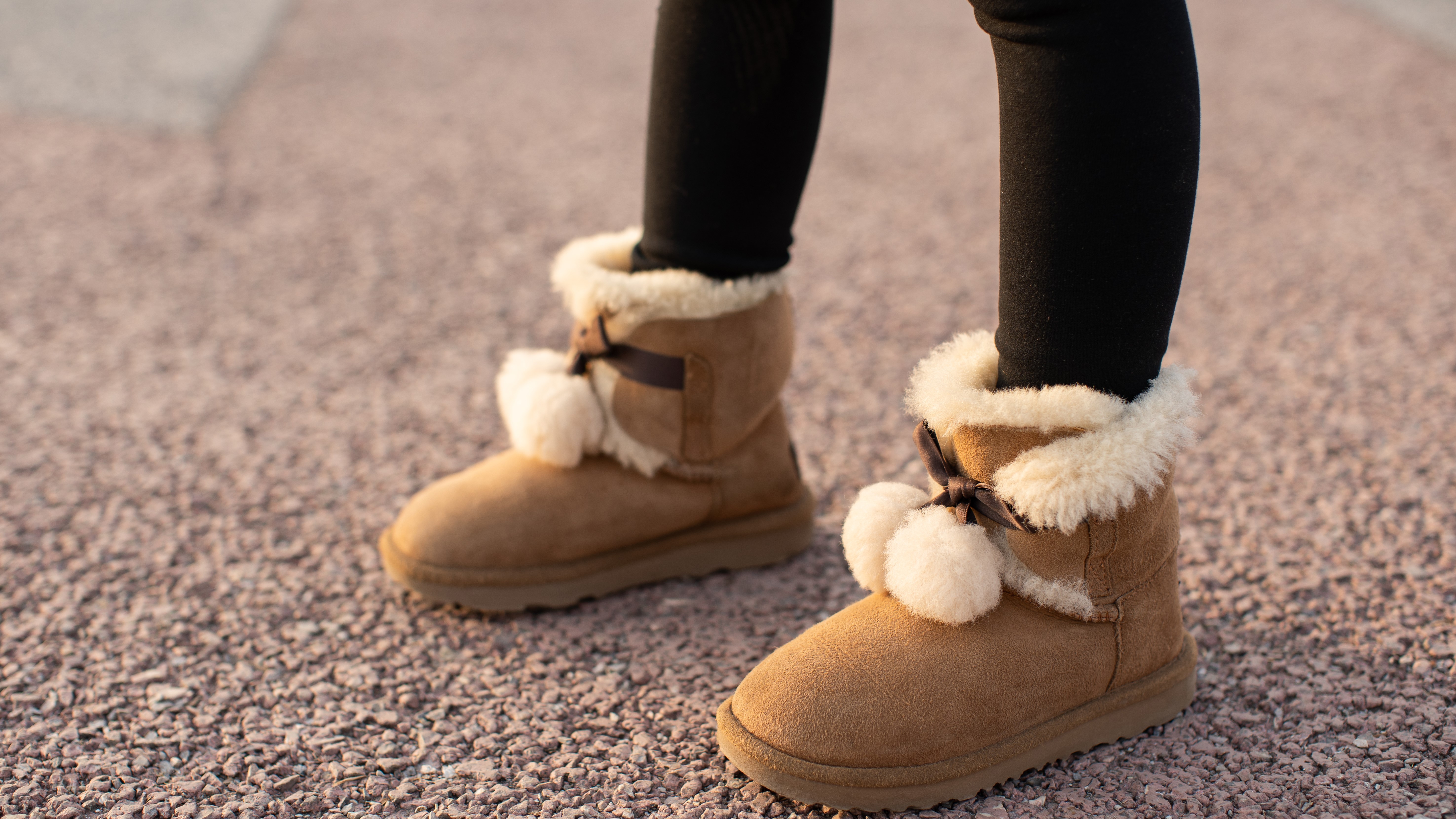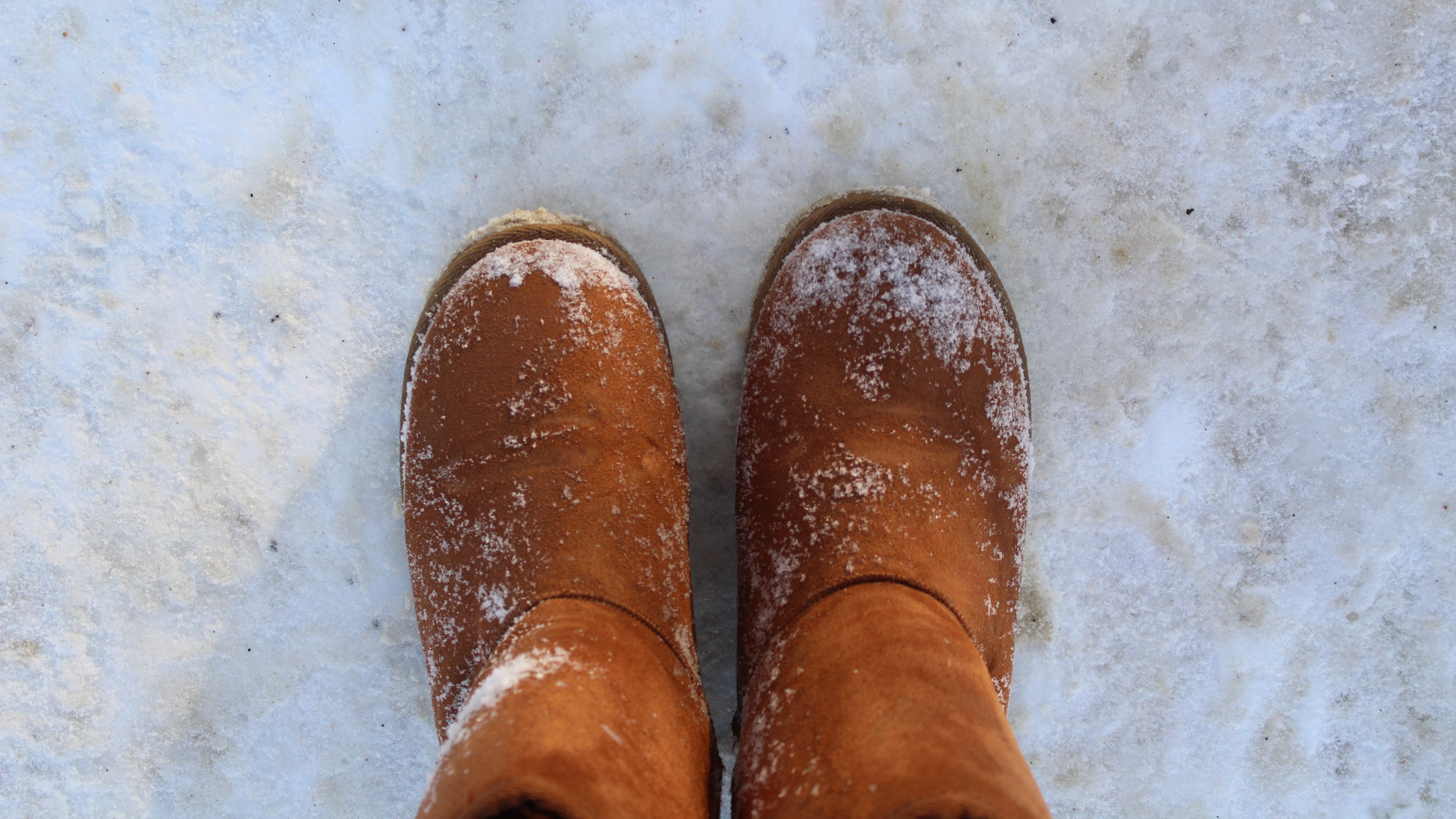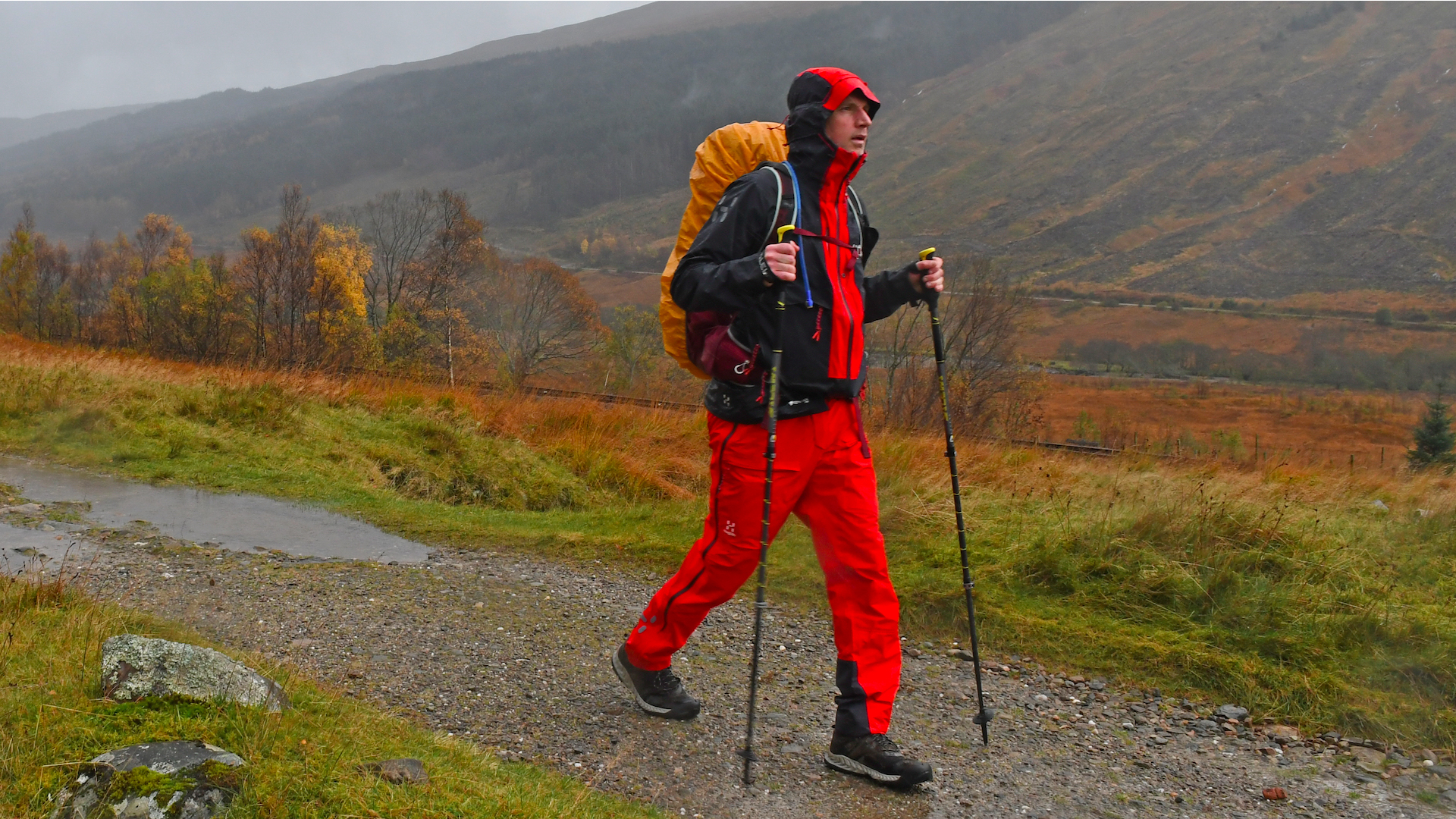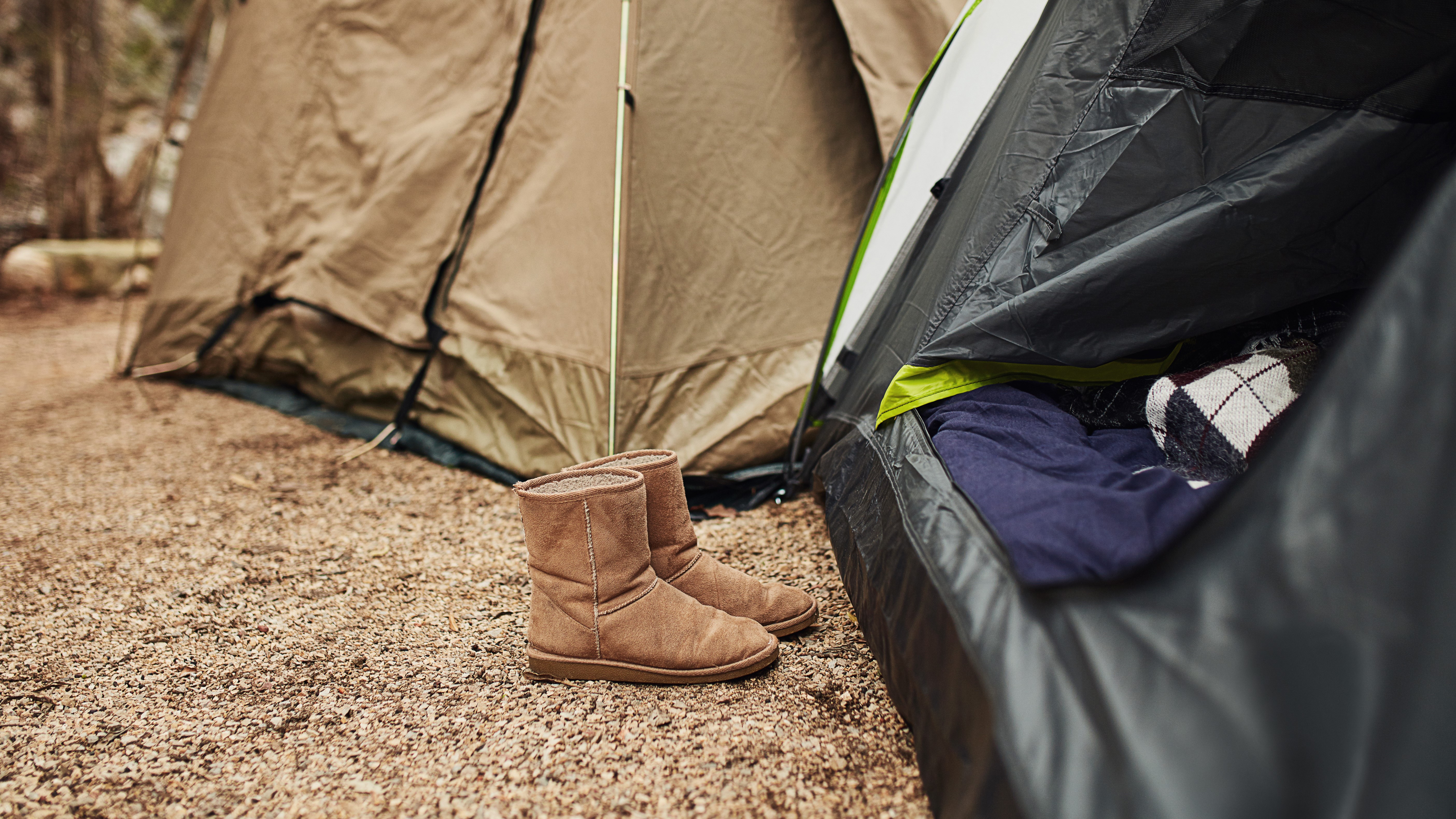Can you go hiking in UGGs?
They might not be as on-trend as they used to be, but they’re still loitering around in the back of your closet, they’re cozy and warm, it’s cold out – so can you go hiking in UGGs?

If you’ve just been invited on your first hike, or your first one in years, you might be scrambling around looking for some clothes and footwear. Can you wear gym clothes to hike? Definitely, so long as you have some waterproofs to go over the top if there’s rain. What about a book bag to carry your gear? It will get uncomfortable after a while, but, sure, it will suffice for a short hike if it’s not too heavy.
How about your UGG boots on your feet? They might not be as on-trend as they were a few years back, but they’re still loitering around in the back of your closet, they’re cozy and warm, it’s cold out. So can you go hiking in UGGs?
I’ll start out here by saying that I have never gone hiking in UGGs, but I have worn them, for years. When I lived in Vail, Colorado, these soft, sheepskin-lined winter boots were my go-to streetwear for flitting around town. As a yoga teacher, I was constantly pulling my shoes on and off in the colder months as I flitted from studio to studio teaching classes and UGGs fit the bill perfectly. They fit easily over my yoga pants, kept my toes warm and didn’t involve perpetually tying and untying shoelaces.
My UGGs were to my feet in winter as my flip flops were in summer, and the very fact I’ve drawn that comparison should be a good clue that I don’t recommend UGGs for hiking. However, if you’re looking for some reasons as to why they actually make a poor choice for going up a mountain, I have actually put some thought into this – read on for some of the top reasons you shouldn’t go hiking in UGGs.

1. They’re not waterproof
While it’s true that not all hiking boots come with a waterproof membrane such as GORE-TEX, any decent pair will afford you some protection against wet weather, meaning your feet won’t instantly be soaked if it rains and will usually be okay on a rainy hike unless your feet get submerged.
Some UGGS are treated with DWR and the sheepskin lining has a natural water-repellency, if I’m being generous, but from personal experience, when UGGS get properly wet they turn into a heavy, soggy mess which doesn’t bode well if you’re going out in rainy weather or on boggy trails.

2. They’re meant to be loose-fitting
The great thing about UGGs is how easily you can pull them on and head out the door to collect your mail, grab a pint of milk or take the dog around the block. They’re easy to get on because they’re generally designed to be fairly loose-fitting, more like slippers but for the outdoors.
Advnture Newsletter
All the latest inspiration, tips and guides to help you plan your next Advnture!
You won’t notice this strolling around town, but your feet move around a lot inside them. On a three-hour hike, that translates into a lot of friction, and ultimately painful blisters, as well as sore ankles.
Hiking boots, on the other hand, are designed to be laced up all the way up around your ankles for a secure fit which means your feet don’t rub against the inner.

3. They don’t have the best traction
Compared to some other footwear that’s inappropriate for hiking, like Vans and flip flops, UGGs actually have decent soles – meaning they’re alright for walking around icy city streets in the winter, if you’re careful. On hiking trails, however, you could encounter slick limestone, loose, crumbly rock and sticky mud, all of which really require the deep lugs you’ll find on hiking boots to avoid slipping and falling.
4. They lack protection
Your UGG boots may feel protective because they’re lovely and snug on a freezing cold day, but on a hiking trail, you’ll want protection against sharp rocks and turned ankles, neither of which your UGGs can really guard you against.
They’re soft (again, more like slippers with proper outsoles) so they won’t protect your foot against a bashing or support your ankle if you twist it. Proper hiking boots will have harder soles, reinforced uppers and may protect your ankles from sprains as well.

Can you go hiking in UGGs?
Before we part ways, I do want to say that UGGs can have their place in the outdoors. For anything but a short stroll on a dry, even path, UGGs really aren’t a good idea for walks in the wild, but they do make excellent camp shoes in colder weather – they’re super comfy after a long day of hiking in proper boots, add a little warmth and can easily be pulled on in the middle of the night when you’re climbing out of your tent for a bathroom break. So get some hiking boots for hiking, and bring your UGGs along to the campsite for after.
Julia Clarke is a staff writer for Advnture.com and the author of the book Restorative Yoga for Beginners. She loves to explore mountains on foot, bike, skis and belay and then recover on the the yoga mat. Julia graduated with a degree in journalism in 2004 and spent eight years working as a radio presenter in Kansas City, Vermont, Boston and New York City before discovering the joys of the Rocky Mountains. She then detoured west to Colorado and enjoyed 11 years teaching yoga in Vail before returning to her hometown of Glasgow, Scotland in 2020 to focus on family and writing.

